Europe’s New Entry/Exit System (EES): What Travelers Need to Know
From stamps to biometrics: navigating the EU's Entry/Exit System
From 12 October 2025, the EU will start rolling out the Entry/Exit System (EES).
If you’re a non-EU national visiting the Schengen Area for short stays (tourism/business), you’ll be registered with biometrics (face + fingerprints) the first time you cross an external border.
Your 90/180-day counter becomes digital, reducing ambiguity and easing overstay detection.
Passport stamps are being phased out. Full deployment is planned by April 2026. Citizens with EU residence permits are not affected.
What is the EES?
The Entry/Exit System is a digital register of entries and exits for third-country nationals admitted for short stays (subject to the 90/180-day rule). It records your identity data, travel document, biometrics, and date/place of entry/exit.
Expect new self-service kiosks/booths and adjusted passenger flows.
Goal: replace manual stamping, strengthen border security, and make overstay checks more accurate.
The timeline
- Initial go-live: mid-October 2025 at Schengen external borders.
- Phase-in: Airports, seaports, and land crossings will introduce EES progressively, with full operational use expected by spring 2026.
Who is affected - and who isn’t?
You’re affected if:
- You’re a non-EU/Schengen national entering the Schengen Area for a short visit (including visa-exempt travelers like US/UK/Canada citizens).
You’re generally not affected if:
- You are an EU/Schengen national.
- You’re a non-EU resident of a Schengen country (e.g., you hold Spain’s residence permit).
- Children: Under-12s will be tipically exempt from fingerprinting (a facial image may still be taken). Local implementation can vary.
What changes at the border?
1. First trip after EES starts: You’ll complete a one-time biometric enrollment (facial image + fingerprints) at a kiosk or desk, then proceed to a border officer.
2. Subsequent trips: Usually faster: your passport will be scanned and matched to your stored record.
No more manual stamps
Spain-specific notes
If you hold a Spanish residence permit - Digital Nomad, Highly-Skilled, EU-Family, Student, etc. - EES does not apply to you as a resident on re-entry. You’ll follow the resident procedures.
If you’re still a visitor (no residence yet), your first Schengen entry after EES activation will include the biometric enrollment. Factor this into visa runs and itinerary planning.
ETIAS: how it fits with EES
ETIAS is a separate, upcoming online travel authorization for visa-exempt travelers. EES records entries/exits; ETIAS is a pre-travel authorization. ETIAS is expected after EES. When it launches, most visa-exempt travelers will apply online and pay a small fee before travel.

